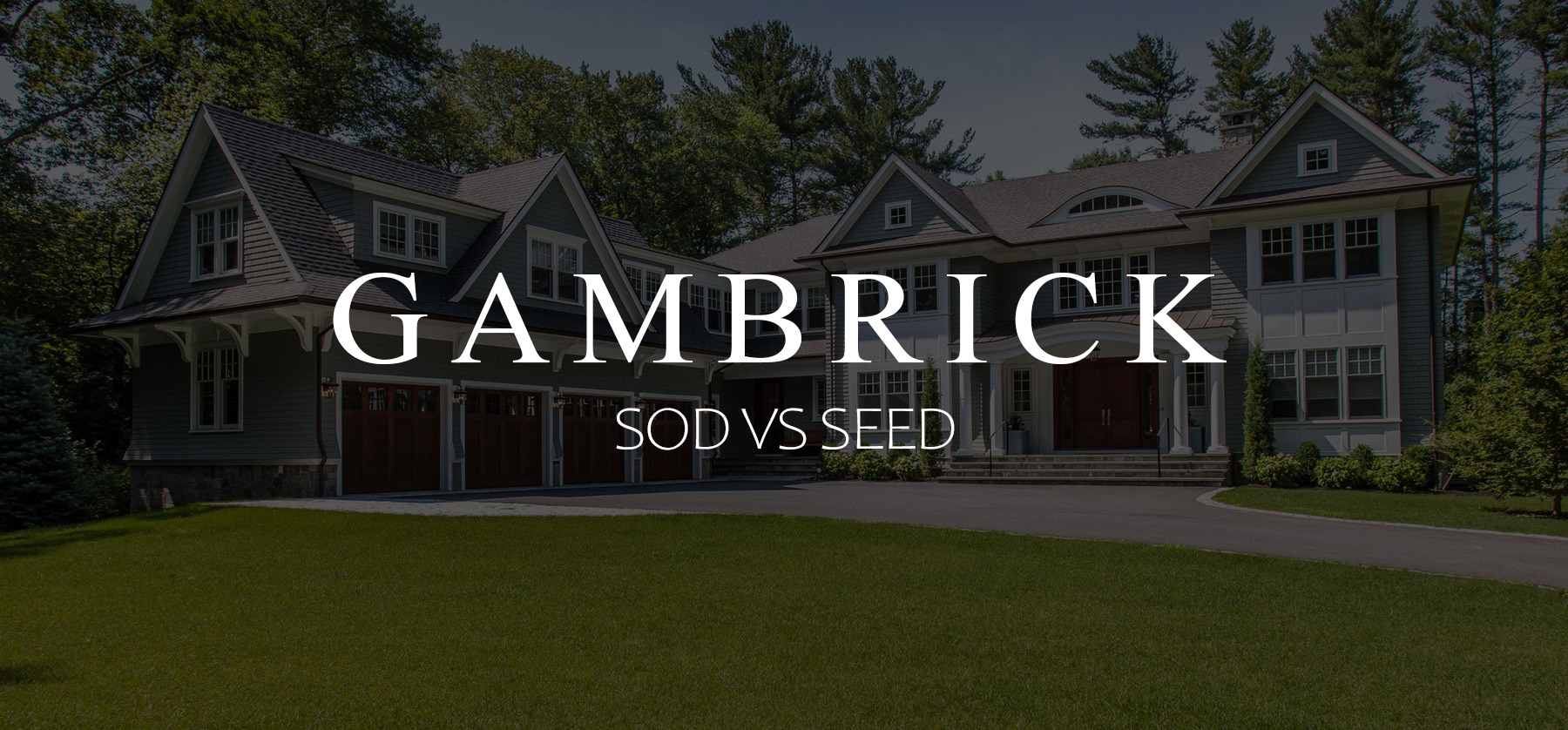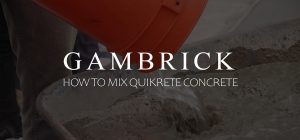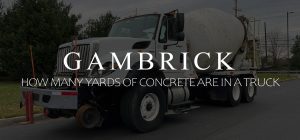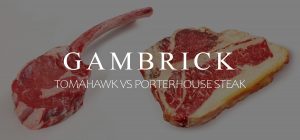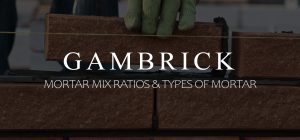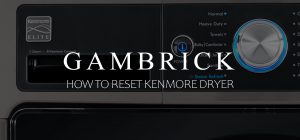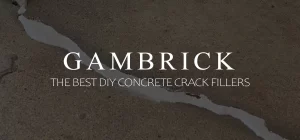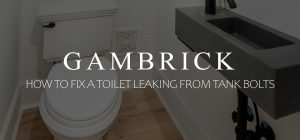Sod Vs Seed
If your planting or repairing a lawn you have two main choices, sod vs seed? It’ll be a tough choice because both are wonderful options that produce a beautiful lawn. But which is better? And cheaper? Both have their Pros vs Cons. I’ve used sod and seed many times and can tell you they’re both great options. When you don’t have a lot of time for seed to grow, sod is a better choice. You can have a lush green lawn in days. Although it’ll cost you a lot more. When I have more time I actually prefer seed. It feels more natural to me and the outcome has always been fantastic. And I really like the savings too. Figuring out what’s best for your lawn means examining the pros and cons of sod vs. seed and understand what using each method involves.
Sod: Mature turf that’s been grown by a professional is transplanted onto your yard. It can be rolled out like a rug. Usually involves hiring a pro to install, especially for large areas. Costs a lot more than seed. Looks beautiful the days after install.
Seed: Growing grass from seed involves planting and sprouting your own grass. Can be done yourself or hired out. Much cheaper than sod.
Which Is Cheaper Grass Seed Or Sod?
One of the main factors when considering sod vs seed is cost. So which is cheaper, grass seed or sod? Grass seed is the easy winner here. It’s much cheaper than sod.
Sod: Sod is the most expensive option because you’re paying someone else to grow the grass. This makes it much more expensive than seed alone. Sod is grown on someone else’s land, cultivated and then transplanted onto your land. This requires a lot of time,labor and materials which all costs money.
Seed: The much cheaper option is seed. The grass seed itself is fairly cheap and if you do the work yourself you can save even more. However, if you hire a landscaper to do it things will be more expensive. However, generally a seeded lawn will still be cheaper than sod.
How Much More Expensive Is Sod Than Seed?
On average, seed costs about $5 per 1,000 square feet of lawn. Sod costs about $1 per square foot or $1,000 for 1000 square foot of lawn.That’s a huge difference. Sod is 200 times more expensive than grass seed. And these prices are just for material. You still have to factor in installation costs.
Keep in mind that these prices are just an average. There are lots of grass species and some are more expensive than others.
Installation prices are harder to figure because some companies charge more than others. It also makes a big difference where you live. Seed and sod prices are pretty consistent because you can buy both online and get them shipped anywhere.
Which Takes Longer To Grow Sod Or Grass Seed?
The other big decision to make is time. The amount of time and effort it takes to grow a lawn, as well as the time of year you can plant it, varies a lot between sod and seed. Sod is the clear winner here. With sod, you can have a fully green and lush lawn in days and you can plant it always any time of year.
Sod: If you need a lawn right away then sod is the only choice. Sod provides a near instant lawn. You can often go from bare dirt to green lawn in just a day. The speed it takes for the sod to fully root will vary by season and the type of grass your planting. Proper rooting is essential to the longevity and health of your lawn. Fall and spring are optimal times to lay sod, although it can be laid in any season as long as water is available. Sod roots set up faster than grass seeds, but may not root as well.
Seed: It takes a lot longer to grow a lush lawn with seed than with sod because sod is delivered fully grown. All you do is roll it out like a carpet and wait for the root to take hold. The growing is all done on someone else’s land. Seed actually has to grow into grass on your own time. But if you’ve got the time to wait seed is a great choice. I actually prefer it to sod because it’s cheaper and some say the roots are stronger. But the time of year you plant is critical and limited when compared to sod. Early fall is best because there tends to be more weeds in spring. Summer is sometimes too hot and winter can be too cold. Growing your own grass requires attention, lots of watering and sometimes fertilizer.
Which Is A Better Lawn Sod Or Grass Seed?
Regardless of time and cost, quality is also a consideration. So which is the better lawn, sod or grass seed?
Sod: Although sod may appear weed free at first, it’s not always guaranteed to be. In some cases sod will come with weed roots that take hold and grow in over time. It’s a great choice for sloped, dark or erosion prone areas where seed struggles to survive. This makes sod a great option for areas that are hard to grow grass from seed. Only certain types of grass species are grown for sod so your choices are limited. If you need a specific type of grass then seed may be your only option. Sod isn’t great for shaded areas. This is probably because the roots don’t set up as strong. It can shrink and leave areas where weeds can grow. Sod is also a cleaner choice to install because the dirt is quickly covered without much dust or mud.
Seed: Although it does take longer to grow a full lawn from seed, in the end I think it’s a better quality lawn. Whenever I have the time I always choose seed. There are more grass species to choose from and sometimes that’s important. Since the roots tend to be stronger you’ll have a healthier, greener lawn. And since the grass grows in the same native soil where it will live you won’t face transplant issues. However, seeding and growing grass can be hard. You might have to reseed, sometimes germination doesn’t take in spots or seed can be washed away. And it is messier. There’s dust and dirt to deal with. Growing grass from seed takes a lot of water and sometimes fertilizers.
In the end I believe growing grass from seed produces the better lawn. If you have the time and patience to do it. However, if you want a guaranteed lush lawn in days then sod is the only option.
Does Soil Make A Difference
Yes, soil makes a huge difference. Whether you choose sod or seed, soil quality is very important. Sod and seed are basically the same thing, grass. The only real difference is that sod starts it’s life growing on someone else’s land and seed is solely grown on yours. But in the end it’s still just grass that has to live in your soil. So the quality of that soil makes a huge difference.
The investment you make in preparing your soil for grass will help ensure a lush, green lawn for many years. If you plant seed or lay sod in bad soil the grass could be unhealthy and die. Even if the sod is beautiful when laid it can quickly die in bad soil.
It’s essential that grass be well rooted in order to thrive. Always take the time toy prepare the soil if you want a healthy lawn. Conducting a soil test can be a big help if your not sure what your dealing with.
If you have bad soil then you may need to add some organic material or use fertilizers. You may also need to finely grade the area and add phosphorous or nitrogen depending on your soil test. Roll or pack the soil a little to help the roots take hold. The effort and time you put into soil prep can make a big difference in the end. There’s no sense spreading seed or laying sod if the soil isn’t right to grow it.
Other Lawn Options
There are a few other options for growing a great lawn other than sod and grass seed:
Hyrdoseeding: Hydroseeding is a mix of seed, fertilizer and other materials that retain water that’s sprayed onto the yard. It works well for slopes and large or hard to grow areas, and has high germination rates with quick growth. The success of hydroseeding is mainly due to the fertilizers and other materials that help the grass grow. It’s generally less expensive than sod but more expensive than seeding.
Plugs and Sprigs: You can grow a lawn with individual plants instead of large rolls of sod. Because it’s done in small areas, plugs and sprigs are less expensive than sodding but more expensive than seed. Both are considered pieces of sod because the grass is first grown somewhere else and transplanted to your yard. Sprigs are thin 3 to 6 inch pieces of grass stems without soil. Plugs are 2 to 4 inch chunks of sod with soil covering the roots. I wouldn’t recommend this method for an entire yard. It’s better as a patch for small areas. And due to the amount of open soil weeds can be a problem so watch the grass carefully as it grows.
Sod: The Pros
Sod is a near instant lawn with all sorts of benefits.
- Speed. Sod is a near instant lawn. You get the look of a lush, fully grown lawn as soon as you lay the sod down. As long as the soil is good and the roots take hold the look will be permanent.
- Sod grows quickly. Sod will generally start to take root in a few days and be fully rooted in 2-3 weeks. After that it’s a finished lawn that you can use any way you like.
- Erosion Control. If you have erosion issues then sod is a great solution. Root systems help control erosion by gripping the soil. Any sod has a full root system you can lay in large areas. Simply lay the sod and allow the roots to take hold.
- Easy To Install. Laying sod is easy to do with some basic hand tools and makes a great DIY project. Care after the install is fairly easy too.
- No Weeds. Generally sod doesn’t come with any weeds because they’re dealt with while the grass is being grown.
Sod: The Cons
While sod is a great choice there are some disadvantages to using it.
- Cost. Sod is the most expensive way to grow a lawn because you don’t do any of the growing. It’s fully grown somewhere else and merely laid on your land. Once the roots take hold you’ve got a fully grown new lawn.
- Labor. Laying down sod is generally a one day project but it’s a lot of labor. The rolls of grass aren’t light and need to be properly positioned when rolled out. Although if your up for it the work isn’t that hard.
- Less Choices. Sod is grown in a limited amount of species so you have to pick what suppliers have.
- Time Sensitive. All the sod you buy has to be paid and watered the same day so don’t buy too much.
Seed: The Pros
There’s plenty of reasons to choose real grass seed vs sod.
- Price. The price for grass seed and installation is much less when compared to sod.
- Easy Install. Laying grass seed is an easy project that just abut anyone can do.
- Variety. There are a lot more choices when it comes to grass seed. Sod is only grown in a few species but with seed you can choose whatever you want.
Seed: The Cons
Although grass seed is great, there are still a few downsides to using it.
- Time. Grass seed takes longer to create a lawn compared to sod because you actually have to wait for all the grass to grow. With sod,all the growing is done by someone else on their land.
- Delicate. The area where you’ve seeded needs protection in order for the seeds to grow into grass. This isn’t as big an issue with sod.
- Water. In some cases seed can get washed away. Especially when trying to grow grass on a slope. You may need to seed again and again depending on where your trying to grow.
- Weeds. Weeds are a much bigger problem when trying to grow from seed. It’s important to prepare the land prior to planting and pluck those weeds as you see them spring up.
Summary: Sod Vs Seed. Which Is Better? And Cheaper?
If your planting or repairing a lawn you have two main choices, sod vs seed? It’ll be a tough choice because both are wonderful options that produce a beautiful lawn. But which is better? And cheaper? Both have their Pros vs Cons. I’ve used sod and seed many times and can tell you they’re both great options. When you don’t have a lot of time for seed to grow, sod is a better choice. You can have a lush green lawn in days. Although it’ll cost you a lot more. When I have more time I actually prefer seed. It feels more natural to me and the outcome has always been fantastic. And I really like the savings too. Figuring out what’s best for your lawn means examining the pros and cons of sod vs. seed and understand what using each method involves.
Sod: Mature turf that’s been grown by a professional is transplanted onto your yard. It can be rolled out like a rug. Usually involves hiring a pro to install, especially for large areas. Costs a lot more than seed. Looks beautiful the days after install.
Seed: Growing grass from seed involves planting and sprouting your own grass. Can be done yourself or hired out. Much cheaper than sod.
If you have any questions or comments about grass Email any time.
